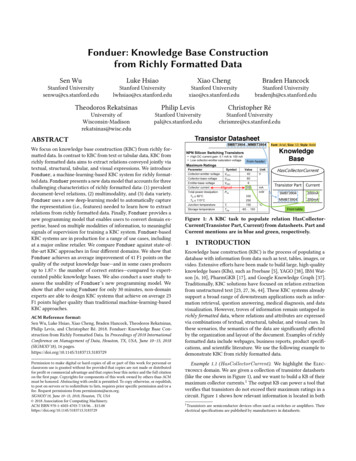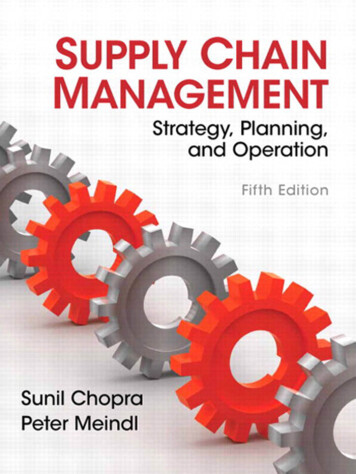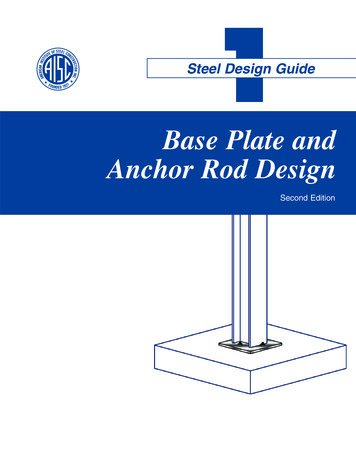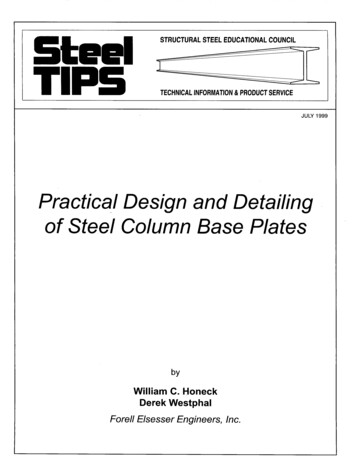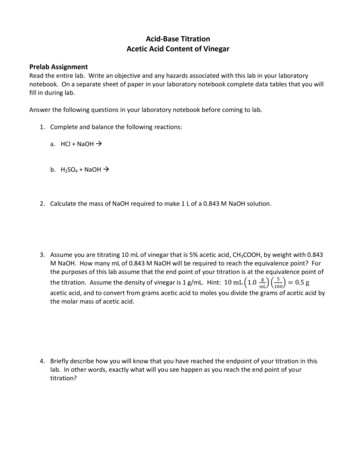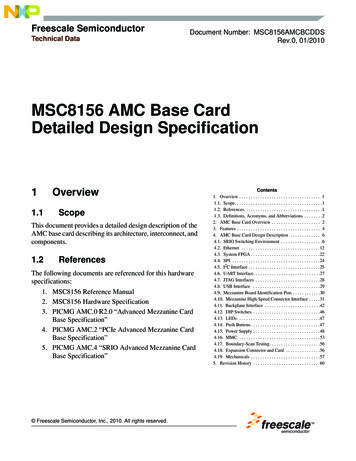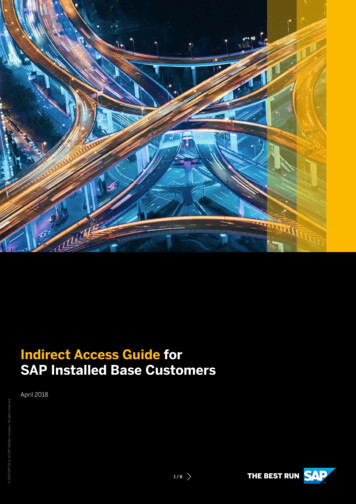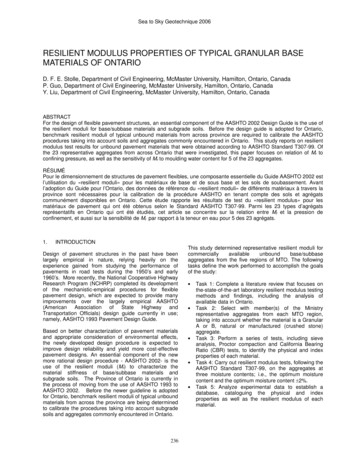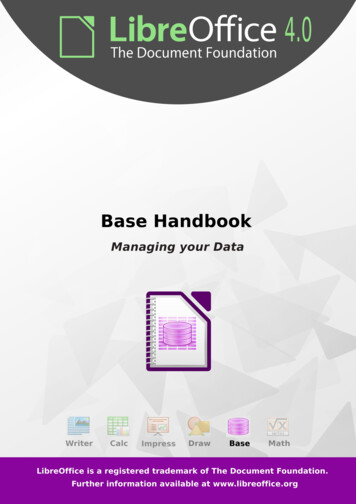
Transcription
Version 4.0Base Handbook
CopyrightThis document is Copyright 2013 by its contributors as listed below. You may distribute it and/ormodify it under the terms of either the GNU General Public License(http://www.gnu.org/licenses/gpl.html), version 3 or later, or the Creative Commons AttributionLicense (http://creativecommons.org/licenses/by/3.0/), version 3.0 or later.All trademarks within this guide belong to their legitimate owners.ContributorsJochen SchiffersHazel RussmanDan LewisRobert GroßkopfMartin FoxJean Hollis WeberJost LangeAndrew PitonyakAcknowledgmentsThis book is based on an original German document, which was translated by Hazel Russman andMartin Fox.FeedbackPlease direct any comments or suggestions about this document to:documentation@global.libreoffice.orgPublication date and software versionPublished 3 July 2013. Based on LibreOffice 4.0.Documentation for LibreOffice is available at http://www.libreoffice.org/get-help/documentation
ContentsCopyright. 2Contributors. 2Feedback. 2Acknowledgments. 2Publication date and software version. 2Preface. 7Who is this book for?. 8What's in this book?. 8Where to get more help. 8Help system. 8Free online support. 8Paid support and training. 9What you see may be different. 9Illustrations. 9Icons. 10Using LibreOffice on a Mac. 10What are all these things called?. 10Who wrote this book?. 11Frequently asked questions. 12Chapter 1Introduction to Base. 13Introduction. 14Base – a container for database content.14Data input using forms. 15Data input directly into a table. 16Queries – getting information on data in tables. 17Reports – presentation of data. 17Chapter 2Creating a Database.21General notes on the creation of a database. 22New database using the internal HSQL engine. 22Accessing external databases. 22MySQL databases. 23dBase databases. 30Spreadsheets. 31Thunderbird address book. 32Chapter 3Tables. 33General information on tables. 34Relationships between tables. 34Relationships for tables in databases. 34Tables and relationships for the example database. 37Creating tables. 40Creation using the graphical user interface. 41Direct entry of SQL commands. 43Base Handbook3
Linking tables. 48Entering data into tables. 52Entry using the Base GUI. 52Direct entry using SQL. 57Problems with these data entry methods.59Chapter 4Forms. 61Forms make data entry easier. 62Creating forms. 62A simple form. 62Toolbars for form design. 63Form properties. 66Properties of controls. 69A simple form completed. 95Main forms and subforms. 103One view – many forms. 115Chapter 5Queries. 121General information on queries. 122Entering queries. 122Creating queries using the Query Design dialog. 122Query enhancement using SQL Mode. 134Using an alias in a query. 141Queries for the creation of list box fields. 142Queries as a basis for additional information in forms. 143Data entry possibilities within queries. 143Use of parameters in queries. 144Subqueries. 144Correlated subqueries. 145Queries as source tables for queries. 145Summarizing data with queries. 146More rapid access to queries using table views. 147Chapter 6Reports.149Creating reports using the Report Builder. 150The user interface of the Report Builder. 150General properties of fields. 157Data properties of fields. 161Functions in the Report Builder. 162Entering formulas. 162User-defined functions. 168Formula entry for a field. 169Conditional print. 169Conditional formatting. 169Chapter 7Linking to Databases. 171General notes on database linkage. 1724Base Handbook
Registration of databases. 172Data source browser. 172Data to Text. 174Data to Fields. 177Mail merge. 178Data source of current document. 178Explorer on/off. 178Creating mail merge documents. 178Label printing. 185Direct creation of mail merge and label documents. 188Mail merge using the mouse. 188Creating form letters by selecting fields. 189External forms. 190Database
LibreOffice Preferences Access setup options Right-click Control click and/or right-click depending on computer setup Open a context menu Ctrl (Control) z (Command) Used with other keys F5 Shift z F5 Open the Navigator F11 z T Open the Styles and Formatting window What are all these things called? The terms used in LibreOffice for most parts of the user
